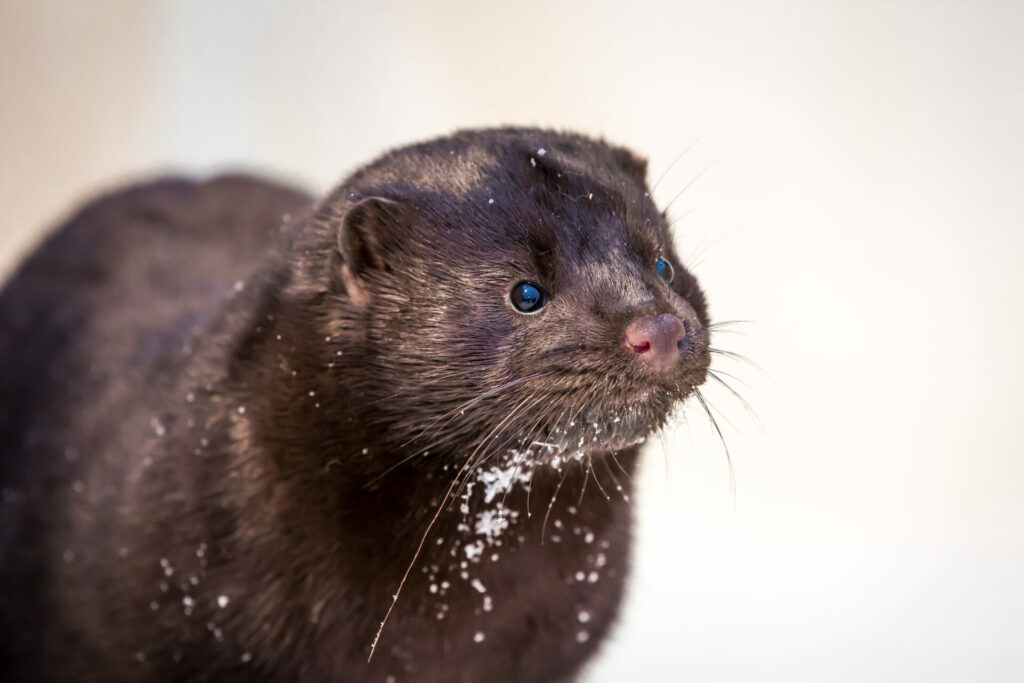There was a time when wearing a shiny mink or silver fox coat was fashionable, almost a status symbol for some people. My own grandmother used to own one of those and she held on to it all her life.
I am sure that, for many of us, seeing our grandparents or even our parents wearing fur was a relatively normal thing, much as we felt for the animals that gave their lives for those items of clothing.
But then public sensitivity changed, thanks to some very impactful campaigns, of which perhaps the most memorable was the one spearheaded by Brigitte Bardot against the massacre of harp seal puppies in Canada.
The campaign, supported by international mobilisation, eventually led to a ban on the import of such pelts into the European Union in 1983, later extended to other seal products. This ban, which was reflecting public morality, set a very important legal precedent for international trade agreements.
More recently, and based on the same principle, the EU banned imports of dog and cat fur. However, we shouldn’t forget that the EU hasn’t banned fur farming yet, something that looks increasingly inconsequential, especially considering that wearing natural fur is totally unnecessary and that EU citizens are opposed to rearing wild animals for fur.
The fur industry is an industry like no other. To start with, mink, foxes and raccoon dogs, the species that are most farmed for fur in the EU, are not domesticated but wild animals. This means that they haven’t undergone the thousands of years of selection for docility and other traits that facilitate handling in other farmed animal species.
And there’s more: these animals are predators that in nature roam wide territories hunting for prey, and mink are solitary and semi-aquatic by nature. It is to all practical effects unfeasible to provide such animals with an even minimum degree of welfare with the standards under which the fur industry operates, namely by keeping them in wire cages.
As a consequence, animals kept for fur live utterly miserable lives and develop all kinds of abnormal behaviours such as obsessive pacing, self-harm, and aggression towards their cage-mates.
The fur industry
If all this were not enough, the fur industry is highly polluting and a threat to public health. Claims that fur is a “natural product” fade when one checks the facts: fur production is associated with air, water and soil pollution and the use of toxic chemicals used for processing, conserving, bleaching and dyeing, and these harmful chemicals can remain on fur clothing.
As for public health, during the still ongoing COVID-19 pandemic, it turned out that mink farms were breeding grounds for new strains of Sars-Cov-2. As a result, farms had to close down temporarily and millions of mink (17 million in Denmark alone) had to be killed in such haste that it was impossible to properly dispose of the carcasses causing environmental damage and posing yet more risks to public health, besides offering a gruesome sight.
Add to this the threat to biodiversity posed by the periodic accidental release of species reared for fur, among which the American mink, which is the one single alien species with the greatest impact on native European ones (affecting 47 native species, including six threatened species) and the picture that emerges is bleak.
All the evidence points in the same direction: not even the basic needs of the animal species reared for fur in the EU can be met in captivity. The fur industry is polluting and is a threat to public health. Public opinion is against fur farming, so much so that a growing number of international fashion brands are ditching real fur from their collections for fear - of as a result of - pressure campaigns.
If we consider that several Member States already banned this industry on their territories, there is only one way forward: ending fur farming once and for all.
With the planned revision of the entire animal welfare acquis, announced in the Farm to Fork strategy, which should include a ban on all cages as a result of the ECI End the Cage Age, the European Commission has the ultimate opportunity to end the fur cruelty.
After all, a case to phase out fur farming was recently made by twelve Member States during the Council of the European Union (Agriculture and Fisheries) in June 2021, based on animal welfare, public health, and ethical considerations. It stands to reason that the Commission should now heed the calls of science, its citizens, as well as several of its Member States.
And even if another push were needed, well, it’s coming. Based on a request introduced by citizens of Sweden, Denmark, Finland, Poland (the main fur producing countries), along with Spain, Italy, Austria and international support, a new European Citizens Initiative to ban fur farming called Fur Free Europe was recently approved, and started collecting signatures as of 18th May.
If (or rather, when) the minimum threshold of one million verified signatures is reached a year from now, the European Commission will have to react officially. All the evidence is there, we have all the arguments, and with the overwhelming public support that will certainly gather around this cause I am convinced that we will succeed in pushing through yet another major victory for the animals.


